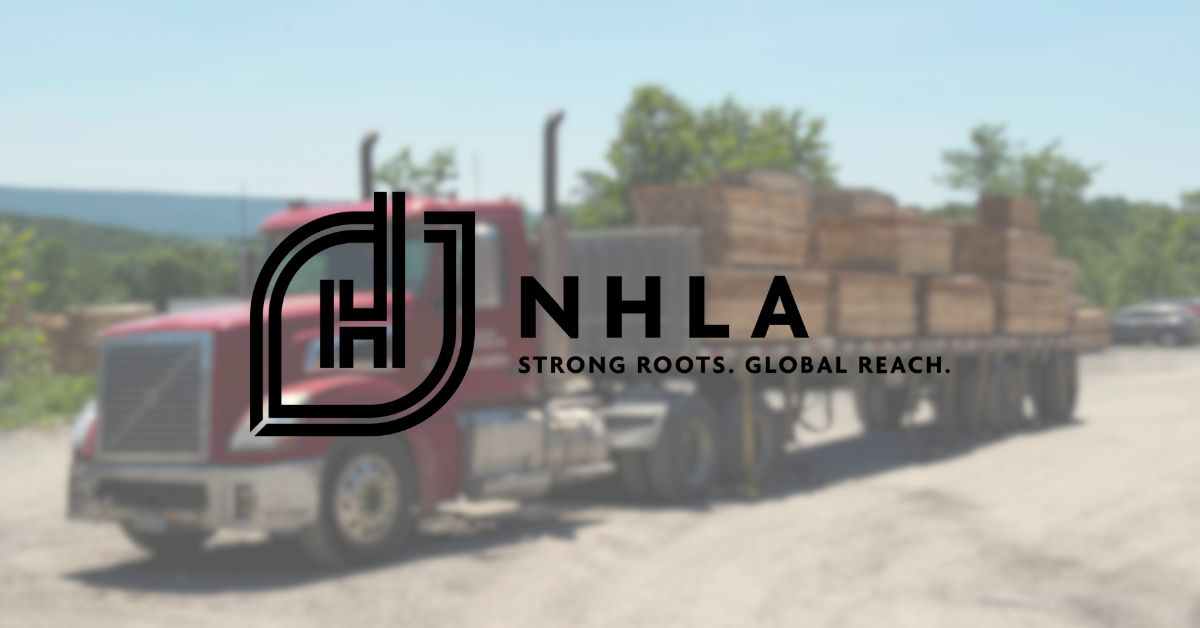Forest Change
Everybody in the South got a cold winter and some surprise snow this year, and the West Coast, too. As for the rest of the continent, those hardy folks had to deal with it all: too much snow, not enough snow, hot and cold, it swings back and forth with no control. It is dubbed climate change, and pollution is to blame. While we have caused more than our fair share of pollution, humans are not the only sources. Forest fires, volcanic eruptions, meteors, Pangaea (continental drift), and other factors impact the climate too. We have very little control over our climate and a lot of control over our environment. Therefore, I suggest using another term: Forest Change.
We must teach people and governments that the forest is constantly changing. We cannot preserve the forest in a static state. We cannot stop Forest from changing! We need to help people and governments accept that the forest will change and recognize that all forests are managed forests. Some are managed for wood products, some for recreation, some for preservation, some for mixed-use, and some for wildlife. If we manage all forest uses with a dynamic life cycle, we can account for changes, accept them, prepare for them, and even cause some of them. Most importantly, we will value the “changing forest” as much as the “old-growth forest.”
The current Biden Administration created new protections for “old-growth forests” and “mature forests” to combat climate change. But they missed the point that the forests change. I warned industry associations this would happen if they did not work with the Administration. They opposed the idea and would not define old growth. Here is a direct quote from my email to the coalition a year and a half ago.
“I like the response, but isn’t it a little like swimming upstream? They are not asking you why they should define [old growth]; they are asking how to define it. I think we as an industry should send a second letter, on NHLA letterhead, if need be, defining forest management and an extreme definition of old growth (having a super majority of +500-year-old trees) and mature (having a majority of +250 year old trees). Helping them to understand that all forests are managed, even old growth and mature forests. That way they can tell their progressive left flank that they have done something to save the environment and still not inhibit forest management as you indicate in your letter.”
I was shot down and told to stay united, and if they pushed back enough, they would listen because the USFS agreed with the associations. Well, that backfired.
We can’t just say that today’s forest fires are due to climate change from yesterday because they are also caused by natural forest change. People debate climate change, but they don’t speak about forest change. Many people believe a tree will live until you cut it down; that is ignorant and absurd. The fact that our forests will be changing one year, ten years, 100 years, or even 1,000 years from now is why we will still be using hardwoods 1,000 years from now.
At some point, a tree will die, and at some point, it will age to the point that it begins to rot, becomes less insect resistant, and more susceptible to fire. At some point, it will always make sense to man-age the forest by removing trees for wood and storing the carbon from them by creating wood products. Climate Change is only half the story because, while the weather impacts the forest, the for-est keeps growing and degrading regardless. If you want to tell our industry story, talk to others about forest change and find one common ground to grow them on.
Dallin Brooks
NHLA Executive Director
[email protected] | 360-823-3898
Share:
Related News & Blog

June 1, 2025

June 1, 2025
Questions?
Have questions or need any assistance regarding the NHLA Annual Convention & Exhibit Showcase?
